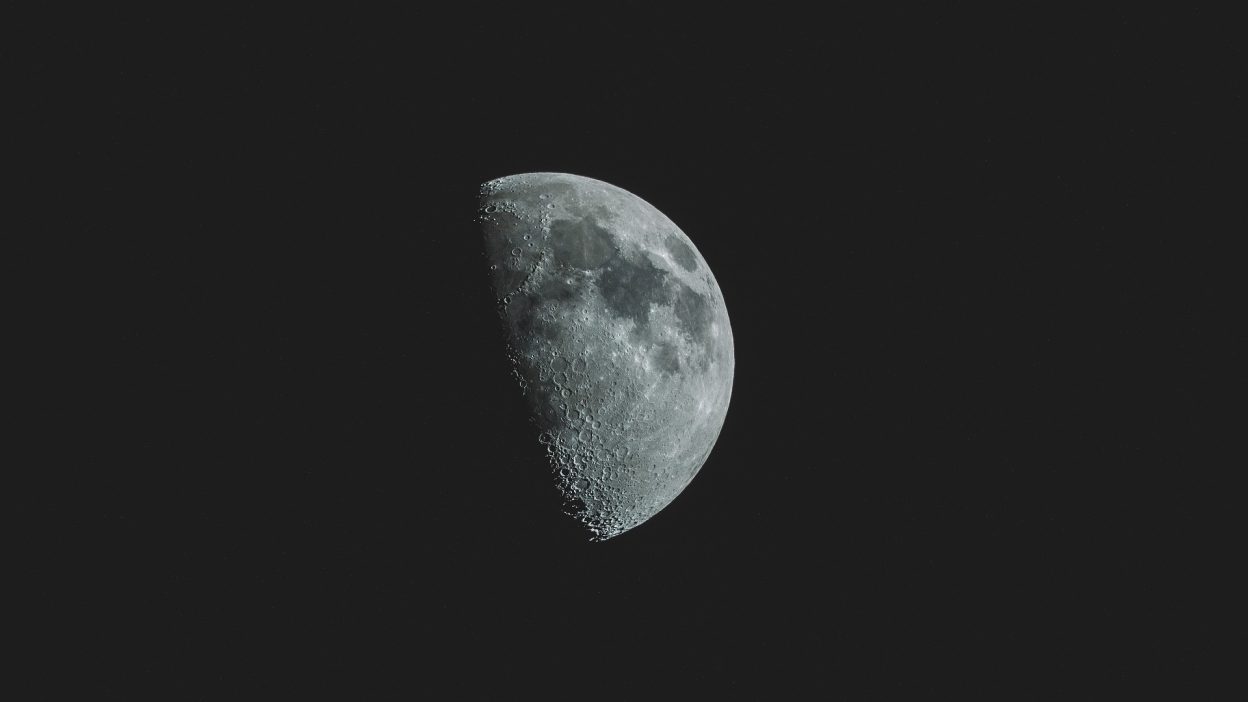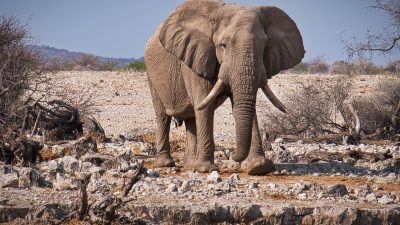The Moon has captivated humanity for centuries, but there’s more to it than meets the eye.
Introduction
The Moon is one of the most mesmerising objects in the night sky. We’ve gazed at it for millennia, written poems about it, and even set foot on its surface. But beyond its beauty, the Moon holds incredible secrets that many people don’t know. Did you know that the Moon is slowly drifting away from Earth? Or that its gravity causes the ocean tides? Let’s dive into 45 astonishing Moon facts that will leave you in awe.
1. The Moon Was Created by a Giant Collision
Scientists believe that the Moon formed after a Mars-sized object collided with Earth 4.5 billion years ago, sending debris into space. Over time, this debris clumped together, forming the Moon we see today.
2. It’s Not a Perfect Sphere
The Moon isn’t perfectly round—it’s shaped more like an egg, due to Earth’s gravitational pull.
3. The Moon Is the Closest Satellite to the Sun
Since Mercury and Venus don’t have moons, Earth’s Moon is the closest natural satellite to the Sun.
4. It’s the 5th Largest Moon in the Solar System
With a diameter of 2,159 miles (3,474 km), the Moon ranks as the 5th largest satellite, behind Jupiter’s Ganymede, Callisto, Io, and Saturn’s Titan.
5. Solar Eclipses Are More Common Than Lunar Eclipses
We witness solar eclipses quite often, but lunar eclipses occur only once every several hundred years in the same location.
6. The Moon Appears the Same Size as the Sun
The Sun is 400 times bigger than the Moon, but it’s also 400 times farther away. This cosmic coincidence makes them appear equal in size from Earth.
7. The Moon Isn’t as Bright as You Think
Although it appears luminous, the Moon’s surface reflects three times less sunlight than Earth, which is why NASA enhances Moon images to make them look brighter.
8. It Would Take 300,000 Moons to Match Daylight Brightness
For the Moon to light up the night like the Sun, we’d need 300,000 full Moons shining at once.
9. The Moon Is Slowly Moving Away from Earth
The Moon drifts 1.5 inches (3.8 cm) away from Earth each year. Millions of years from now, it will appear much smaller in the sky, ending total solar eclipses.
10. The Moon Controls Ocean Tides
The Moon’s gravitational pull creates Earth’s high and low tides. The strongest tides occur during the full and new Moon phases.
11. Extreme Temperature Swings on the Moon
Temperatures range from -279°F (-173°C) at night to 260°F (127°C) during the day near the Moon’s equator.
12. A Moon Day Lasts Nearly a Month
One lunar day (from one sunrise to the next) lasts 29.5 Earth days.
13. We Always See the Same Side of the Moon
Due to tidal locking, the Moon takes the same time to rotate on its axis as it does to orbit Earth—meaning we only see one side.
14. The Dark Side of the Moon Was First Photographed in 1959
The Soviet spacecraft Luna 3 was the first to photograph the far side of the Moon.
15. The Far Side Is More Mountainous
The Moon’s far side has a rougher, more mountainous terrain than the side we see.
16. Moon Craters Are Billions of Years Old
Lunar craters, formed by asteroid impacts 4.1–3.8 billion years ago, remain visible due to the Moon’s lack of erosion.
17. Craters Are Named After Scientists & Astronauts
Initially, craters were named after scientists, artists, and researchers, but later, some were named after American and Russian astronauts.
18. The Largest Moon Crater Is Aitken Basin
The Aitken Basin is 1,240 miles (2,000 km) wide, making it the second-largest crater in the Solar System.
19. There’s Water on the Moon—But It’s Frozen
Water exists on the Moon in frozen form, trapped in craters and beneath the surface.
20. Moonquakes Exist!
The Moon experiences moonquakes, caused by Earth’s gravitational influence.
21. You Weigh Less on the Moon
Because the Moon’s gravity is only 1/6th of Earth’s, a 100-pound person would weigh just 17 pounds on the Moon.
22. Walking on the Moon Can Be Tricky
Lunar dust makes the surface slippery, and spacesuits can sink up to 6 inches deep in the ground.
23. Lunar Dust Is Sharp and Smells Like Gunpowder
The electrically charged dust clings to everything, damaging spacesuits and causing allergy-like symptoms for astronauts.
24. The Moon Has an Atmosphere—But It’s Extremely Thin
The Moon’s exosphere is 10 trillion times thinner than Earth’s atmosphere, composed of helium, neon, and argon.
25. Shadows on the Moon Are Completely Black
With no atmosphere to scatter light, shadows are pitch black, making it impossible to see in shaded areas.
26. The Moon and Earth Orbit a Common Centre
Instead of orbiting Earth, both the Earth and Moon revolve around a shared point called the barycentre.
27. The Moon Is More Like a Planet
Some scientists argue the Moon and Earth form a double-planet system, similar to Pluto and Charon.
28. The Moon Is the Only Place Humans Have Walked Beyond Earth
So far, 12 astronauts have walked on the Moon.
29. Apollo 11 Was Watched by 600 Million People
The first Moon landing in 1969 was watched by 600 million viewers worldwide.
30. Modern Phones Are More Powerful Than Apollo 11’s Computers
The Apollo 11 spacecraft had less computing power than a modern smartphone.
31. Trees Have Been to the Moon!
In 1971, Apollo 14 took tree seeds into lunar orbit, and they later grew into Moon Trees on Earth.
32. Moon Tracks Last for Millions of Years
Since there’s no wind or water, astronaut footprints could last millions of years.
33. NASA Is Planning Future Moon Missions
NASA is developing new rockets to return to the Moon.
34. The Moon Has No Magnetic Field
However, Moon rocks show evidence that it once had one.
35. The Moon Is Covered in Space Junk
Over 200 tons of equipment and debris have been left on the Moon.




